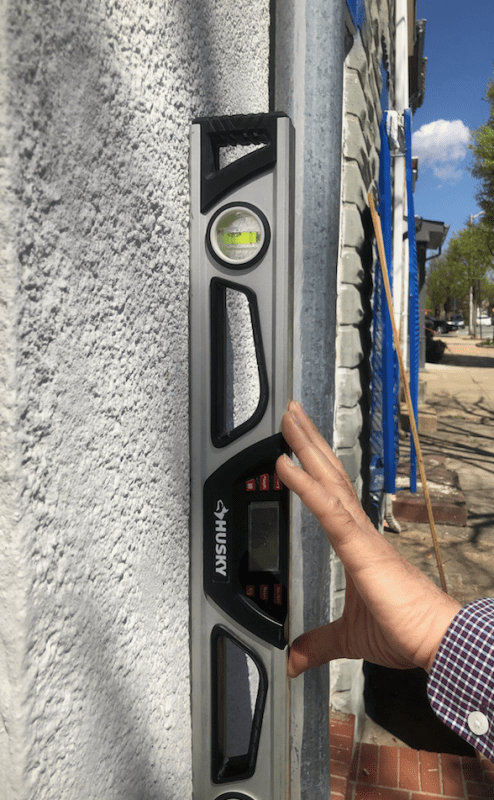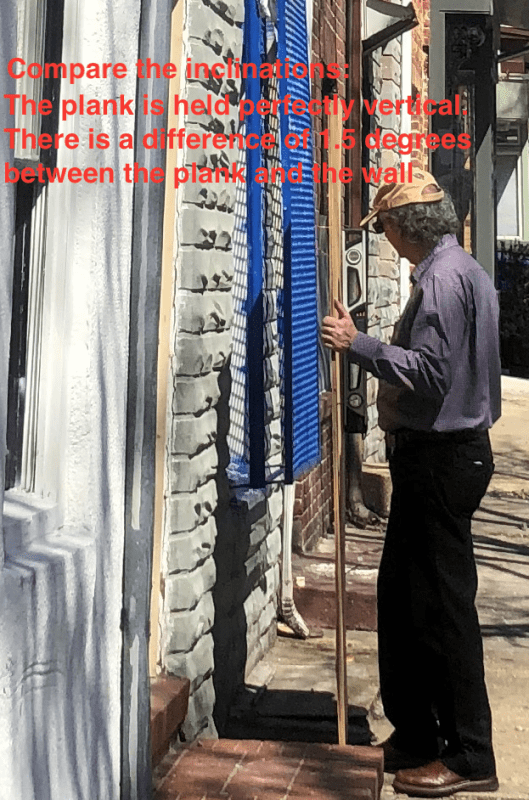This is a phenomenon I have noticed repeatedly but never had to deal with. I am about to assume that there is no real solution other than tearing that wall down and building it again. I saw some locations where they have evidently installed tensile elements from inside to control the movement, but it seems more like a way of keeping the problem from becoming worse rather than a solution. Any recommendations from someone who dealt with this before?
Thank you


Thank you


